Top Tips for Crafting a Winning Outbound Call Strategy

Outbound calls are more than just dialing numbers—they're your chance to connect with prospects and build trust. They play a vital role in boosting engagement and driving sales. Did you know that contacting leads within the first hour increases conversion chances by seven times? A strategic approach ensures every outbound call delivers value, helping you achieve better results. With tools like Sobot, you can streamline your efforts and make every call count.
Outbound vs. Inbound Calls: Key Differences
Understanding Outbound Call Objectives
Outbound calls aim to initiate contact with prospects who may not yet be familiar with your brand or services. Unlike inbound calls, where customers reach out with specific needs, outbound sales calls focus on creating opportunities. Your goal is to spark interest, build rapport, and guide prospects toward a solution they didn’t know they needed. Success in outbound sales depends on measurable objectives like conversion rates, call volume, and customer sentiment. For example, tracking the number of discovery calls booked versus attended helps you refine your approach and improve results. Establishing SMART goals—specific, measurable, achievable, relevant, and time-bound—ensures your outbound call center stays on track.
Why Outbound Sales Calls Drive Proactive Engagement
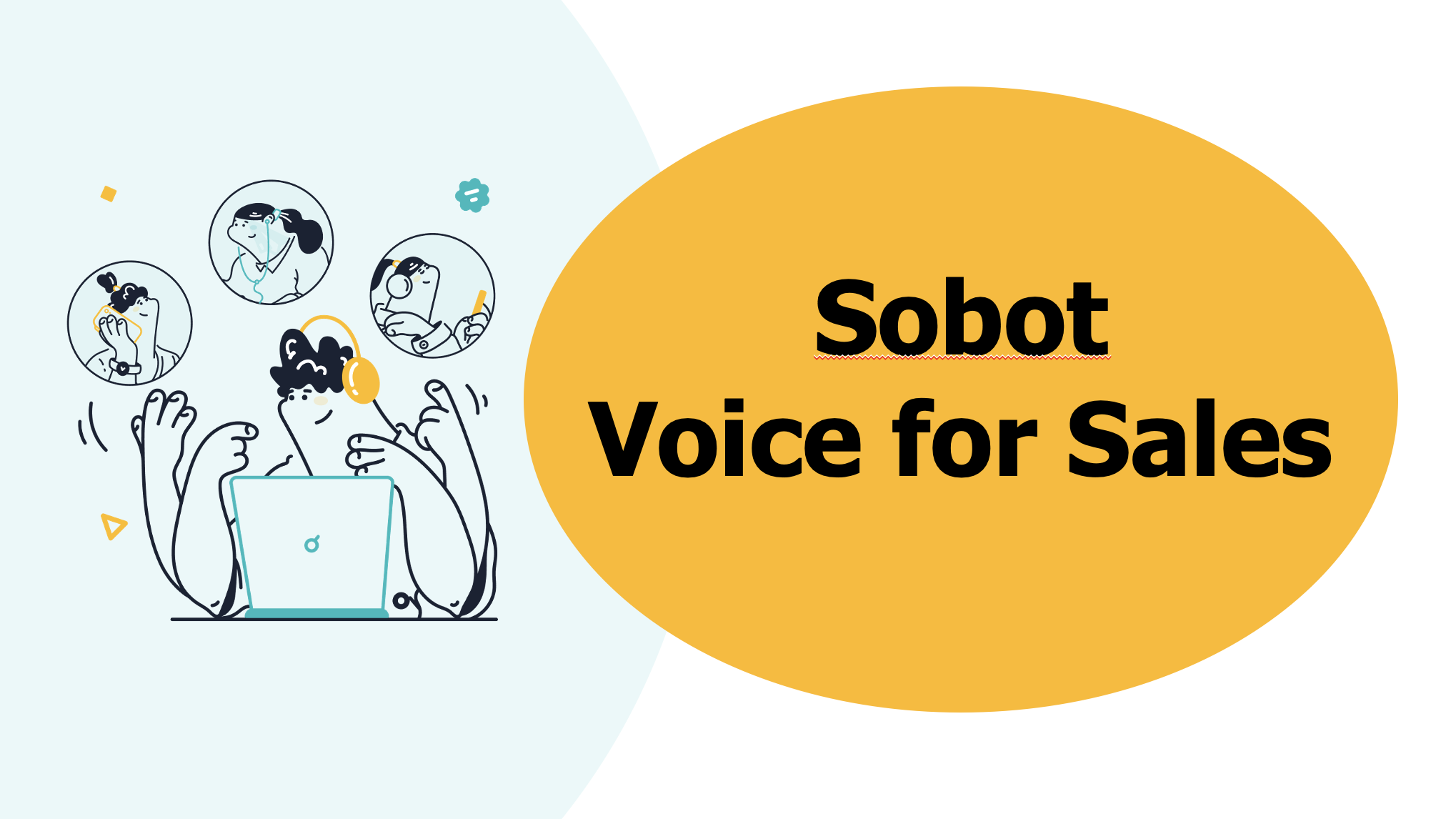
Outbound sales calls are your chance to take the lead in customer engagement. Instead of waiting for prospects to come to you, you reach out directly. This proactive approach can make a big difference. Did you know that 69% of buyers still answer cold calls? Even better, 82% of buyers welcome meetings initiated through these calls. By actively engaging prospects, you show them that you’re invested in solving their problems. Companies that ignore outbound sales efforts experience 42% less growth compared to those that embrace them. Tools like Sobot Voice for Sales make it easier to manage call schedules, monitor performance, and optimize outreach strategies, ensuring your telemarketing efforts yield maximum results.
Common Misconceptions About Outbound Sales
Outbound sales often get a bad rap, but many of the criticisms are based on outdated assumptions. One common myth is that cold calling doesn’t work anymore. In reality, cold calling remains a powerful tool, especially when paired with data-driven strategies. Another misconception is that outbound sales are significantly more expensive than inbound methods. While inbound calls attract engaged prospects and are generally more cost-effective, outbound telemarketing can be just as efficient when done right. For example, using local numbers and high-quality caller IDs, like those offered by Sobot Voice for Sales, can improve connection rates and reduce costs. By debunking these myths, you can unlock the true potential of outbound sales calls.
Building an Effective Outbound Calling Strategy

Researching Prospects for Personalized Outreach
Effective outbound calling starts with understanding your prospects. You can’t just pick up the phone and hope for the best. Instead, take the time to research and create detailed profiles for targeted outreach. Start by defining your ideal customer profile. What industries do they belong to? What challenges do they face? Use existing customer data to identify patterns and characteristics that align with your revenue goals.
Market research is another powerful tool. Surveys and interviews can uncover your prospects' pain points and motivations. Collaborate with your sales and marketing teams to gather insights about high-quality leads. For example, if you’re targeting small businesses, focus on their need for cost-effective solutions. Tailor your pitch to show how your product solves their specific problems.
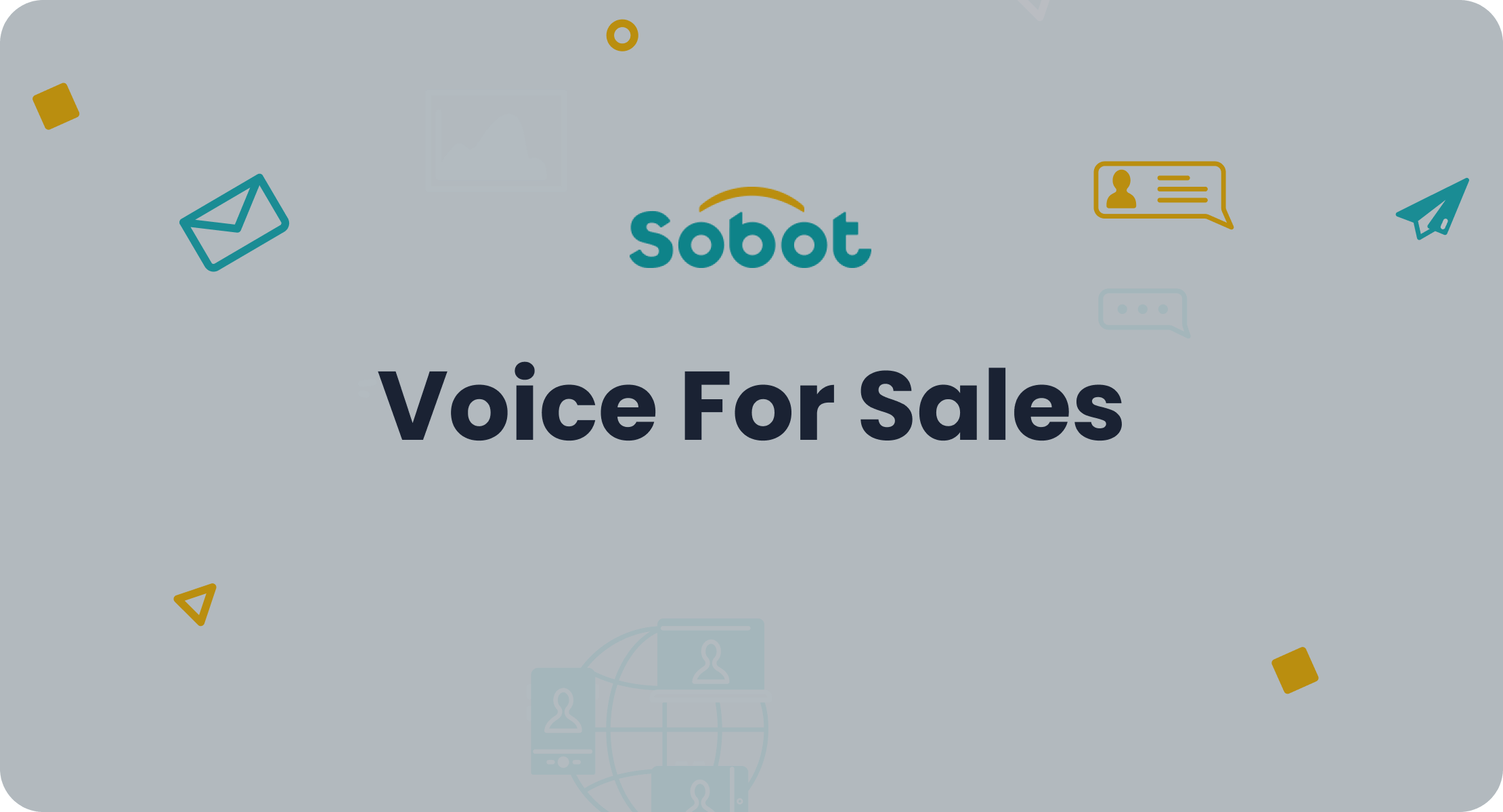
Sobot Voice for Sales makes this process easier by integrating with CRM systems like Salesforce and HubSpot. It allows you to track customer data and refine your lead qualification process. With features like real-time analytics and AI-driven insights, you can ensure your outreach is relevant and impactful.
Tip: Personalization is key. A well-researched call feels more like a conversation and less like a sales pitch.
Setting Clear Goals for Outbound Sales Calls
Without clear goals, your outbound calling strategy can feel like shooting in the dark. Start by clarifying your end goal. Are you aiming to generate new leads, set appointments, or close deals? Break this down into measurable steps. For instance, if your goal is to achieve $50,000 in revenue this quarter, calculate how many calls, appointments, and conversions you’ll need to hit that target.
Understanding your sales process stages is crucial. Track metrics like call-to-opportunity conversion rates and lead qualification success. Use tools like Sobot Voice for Sales to monitor these KPIs in real time. Here’s a quick look at some metrics you should track:
| KPI Type | Description |
|---|---|
| Call Volume | The total number of calls made, indicating outreach efforts. |
| Contact Rate | The percentage of calls that successfully reach a prospect, showing effectiveness of dialing. |
| Call-to-Opportunity Conversion | The rate at which calls lead to opportunities, assessing the quality of leads and calls. |
| Appointment Setting | The number of appointments set as a result of calls, indicating success in outreach. |
| Revenue Goals Achieved | The revenue generated from calls, measuring the financial impact of the calling strategy. |
Communicate these goals to your team and commit to them. Weekly reviews and continuous learning sessions can help you stay on track. Teams that regularly review their performance often see better results.
Note: A structured approach, like the 'Buckets' framework, can help you focus on leads most likely to convert.
Crafting Call Scripts That Balance Structure and Empathy
A good call script is like a roadmap—it guides you without limiting your ability to connect. Start with a clear introduction. Mention your name, your company, and why you’re calling. Then, ask open-ended questions to understand the prospect’s needs. For example, “What challenges are you currently facing in your sales process?”
Balance structure with empathy. A rigid script can make you sound robotic, while too much improvisation can lead to missed opportunities. Use scripts as a foundation but adapt based on the conversation. Here’s a quick example:
| Script Example | Description |
|---|---|
| Outbound Sales Call Script | This script shows empathy and a willingness to explore the prospect’s true concerns. |
| Handling Objection Script | Acknowledges timing concerns while positioning the agent as a resource, demonstrating empathy. |
| Active Listening Approach | Emphasizes the importance of understanding the prospect's concerns through empathy and open-ended questions. |

Sobot Voice for Sales supports this balance by offering features like call whispering and real-time monitoring. These tools help you adjust your approach during calls, ensuring an engaging conversation that resonates with the prospect.
Tip: Practice active listening. It’s not just about hearing words; it’s about understanding the emotions and needs behind them.
Personalization: The Secret to Successful Outbound Calls
Leveraging Customer Data for Tailored Communication
Personalization starts with understanding your prospect. When you use customer data effectively, your outbound sales calls feel more like a helpful conversation than a generic pitch. Data-driven strategies allow you to tailor your message to each prospect’s unique needs. For example, if you know a prospect struggles with managing high call volumes, you can highlight how your solution addresses that specific pain point.
Using tools like Sobot Voice for Sales, you can integrate CRM data to track customer interactions and preferences. This helps you identify which channels and strategies yield the best results. Businesses that leverage customer data see measurable benefits, such as higher ROI and better campaign performance. You can even make real-time adjustments to improve underperforming strategies, ensuring every call counts.
Tip: Research shows that prospects feel valued when you demonstrate knowledge about their challenges.
Building Rapport Quickly During Cold Calling
Building rapport is crucial, especially during cold calling. You have just seconds to make a positive impression. Did you know that tone of voice influences 38% of how prospects perceive you? Start with a friendly tone and ask open-ended questions to show genuine interest. For example, “What’s your biggest challenge with outbound sales?”
Empathetic listening also plays a big role. Prospects are more likely to trust you when they feel heard. Engaging in two-way conversations and offering tailored solutions can boost your success rate by 50%. Remember, building trust starts with showing you care about solving their problems.
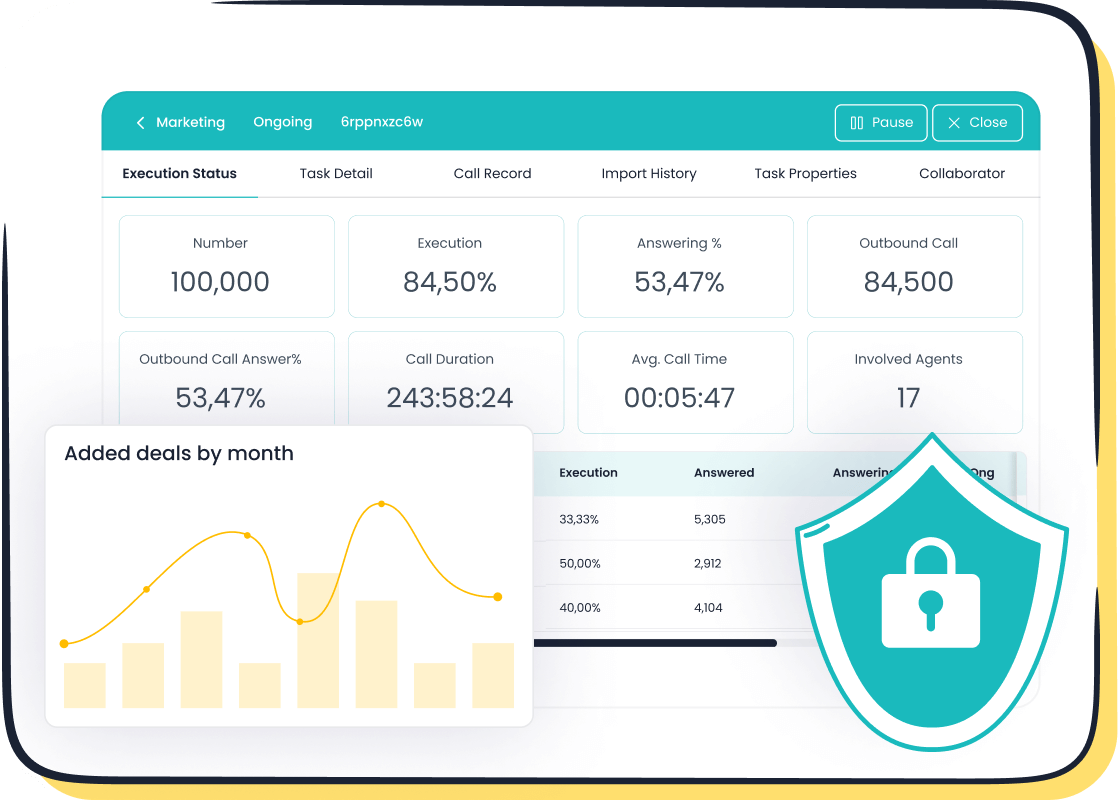
Using Sobot Voice for Sales to Enhance Personalization
Sobot Voice for Sales takes personalization to the next level. Its AI-driven insights help you understand your prospect’s needs in real time. Features like keyword spotting and call monitoring allow you to adjust your approach mid-call. The platform also integrates seamlessly with CRM systems, giving you access to detailed customer profiles.
With Sobot, you can use local numbers and high-quality caller IDs to improve connection rates. These features make your telemarketing efforts feel more personal and less intrusive. By combining technology with a human touch, you can turn outbound sales calls into meaningful conversations.
Overcoming Challenges in Outbound Sales Calls
Handling Objections with Active Listening
Objections are a natural part of outbound sales. Instead of fearing them, you can use active listening to turn these moments into opportunities. When a prospect raises concerns, listen carefully to understand their perspective. For example, if they say, “I don’t have the budget right now,” don’t jump to defend your product. Instead, acknowledge their concern with empathy: “I understand that budgets can be tight. Can I share how others in your industry have found cost-effective solutions?”
Active listening helps you build trust and rapport. It shows the prospect that you value their input. Studies reveal that this approach transforms scripted pitches into meaningful conversations. Prospects feel heard, which makes them more open to discussing solutions. By focusing on their needs, you can craft objection handling statements that resonate. This customer-centric approach often leads to more successful calls.
Tip: Practice paraphrasing what the prospect says. It confirms you’re listening and helps clarify their concerns.
Turning Rejections into Opportunities
Rejections don’t have to be the end of the road. They’re often just a “not now” rather than a “never.” When a prospect declines, ask follow-up questions to uncover the real reason. For instance, if they say, “I’m not interested,” you could respond with, “I understand. May I ask what’s currently your biggest challenge in this area?”
This approach can reveal hidden objections or future opportunities. For example, a prospect might not need your solution today but could benefit from it next quarter. Keep detailed notes in your CRM to track these insights. Tools like Sobot Voice for Sales make it easy to log interactions and set reminders for follow-ups. By staying persistent and professional, you can turn cold calling rejections into warm leads over time.
Note: Always thank the prospect for their time, even if they say no. A positive impression can open doors later.
Using AI Insights from Sobot Voice for Sales to Address Concerns
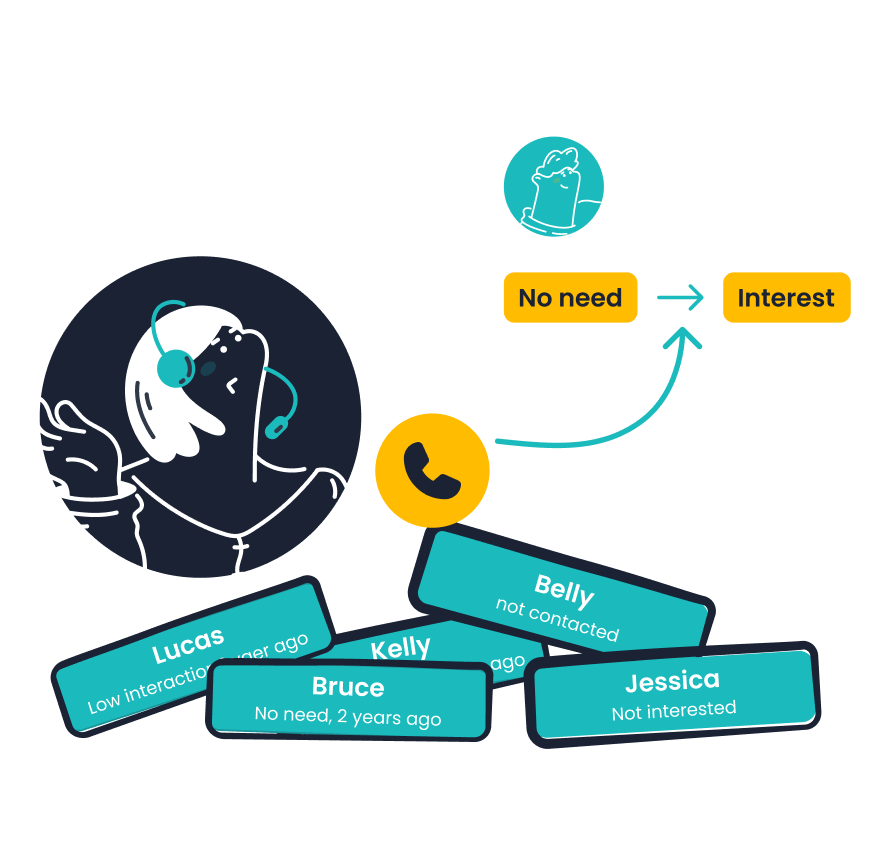
AI can be your secret weapon for overcoming outbound call challenges. Sobot Voice for Sales offers real-time insights that help you address common objections effectively. For example, its keyword spotting feature alerts you when a prospect mentions concerns like “budget” or “timing.” This allows you to adjust your objection handling statements on the spot.
The platform also provides call quality monitoring and real-time coaching through features like call whispering. These tools ensure you stay confident and prepared during conversations. Additionally, Sobot’s integration with CRM systems lets you access detailed prospect profiles, making it easier to personalize your approach. By leveraging AI, you can tackle objections with precision and turn challenging calls into successful ones.
Callout: Did you know that AI-driven tools can reduce customer complaints by up to 30%? With Sobot Voice for Sales, you can enhance both efficiency and customer satisfaction.
Follow-Up Strategies for Outbound Sales Success
Best Practices for Timely and Consistent Follow-Ups
Timely follow-ups can make or break your outbound call strategy. Reaching out quickly shows prospects you value their time and interest. Did you know that contacting a lead within five minutes of their inquiry increases conversion chances by 100 times? Regular follow-ups also keep your product top-of-mind, building trust and easing decision-making.
To maximize success, follow these best practices:
- Respond promptly—ideally within an hour—to demonstrate attentiveness.
- Use multiple channels like calls, emails, and SMS to increase your chances of connecting.
- Personalize every interaction based on the prospect’s preferences and past conversations.
- Create a follow-up schedule to maintain consistency without overwhelming leads.
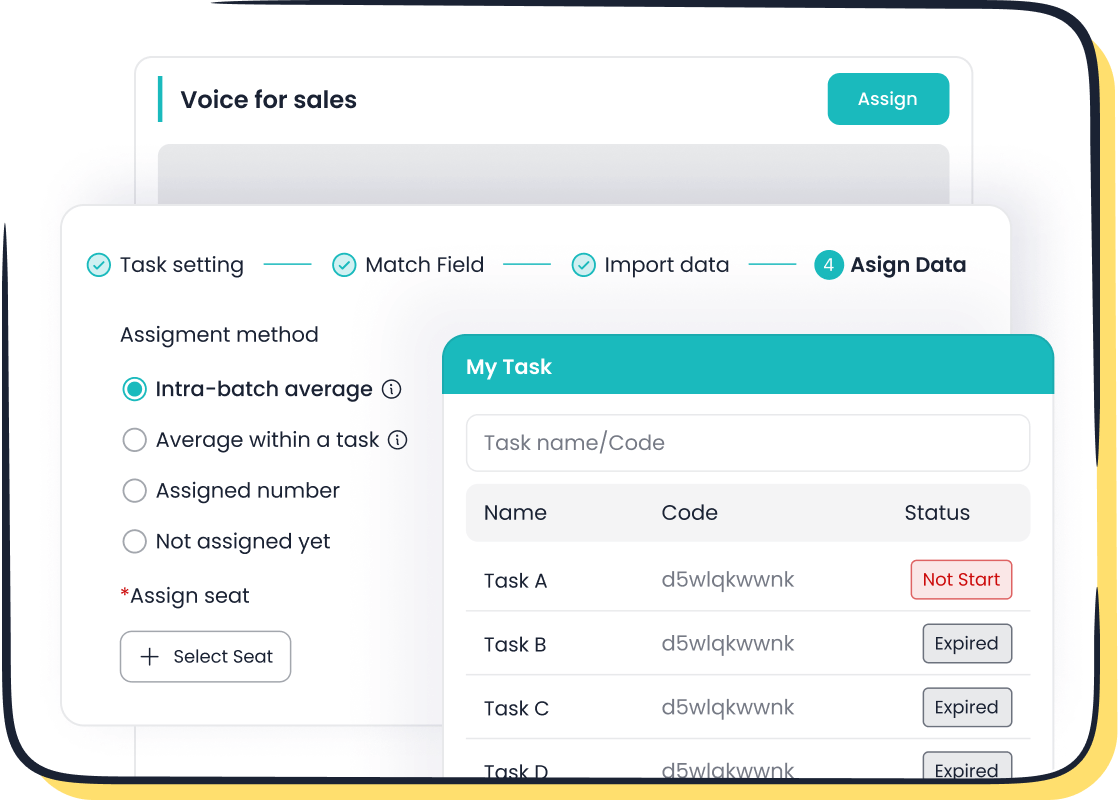
Sobot Voice for Sales simplifies this process with automated task management and bulk dialing features. These tools help you stay organized and ensure no lead slips through the cracks.
Tip: Remember, 80% of sales require at least five follow-ups. Persistence pays off!
Tracking Follow-Up Effectiveness with CRM Integration
Tracking your follow-up efforts is essential for improving your outbound call strategy. CRM systems like Salesforce and HubSpot, integrated with Sobot Voice for Sales, make this easy. They capture call data, track metrics like call duration and conversion rates, and automate manual tasks.
With these insights, you can identify what’s working and where to improve. For example, if you notice a high drop-off rate after the first call, you can adjust your approach. Better data means better decisions, leading to higher conversion rates and more efficient sales processes.
Note: Sales teams using CRM-integrated tools often see a 20% boost in productivity.
Maintaining Engagement Without Overwhelming Prospects
Keeping prospects engaged without overwhelming them is a delicate balance. Personalized communication is key. Tailor your messages to address their specific needs and challenges. This makes them feel valued and keeps them interested in your offerings.
Timely follow-ups also play a role. Space them out to avoid coming across as pushy. For example, after an initial call, wait a few days before sending a follow-up email. Tools like Sobot Voice for Sales can help you manage this balance. Features like real-time analytics and AI-driven insights ensure your outreach remains relevant and effective.
Callout: Did you know that effective follow-up strategies can increase customer engagement by 50%?
Leveraging Technology to Optimize Outbound Calls

How Sobot Voice for Sales Improves Call Efficiency
Technology can transform how you approach outbound calls, and Sobot Voice for Sales is a game-changer. This platform automates repetitive tasks like dialing, allowing your team to focus on meaningful conversations. Features like predictive dialing reduce idle time by automatically connecting agents to live prospects. This means less waiting and more talking.
Sobot Voice for Sales also uses AI-driven insights to optimize call quality. For example, real-time keyword spotting alerts agents to potential objections, helping them adjust their approach instantly. The platform’s global phone number coverage and local caller IDs improve connection rates, making it easier to reach prospects.
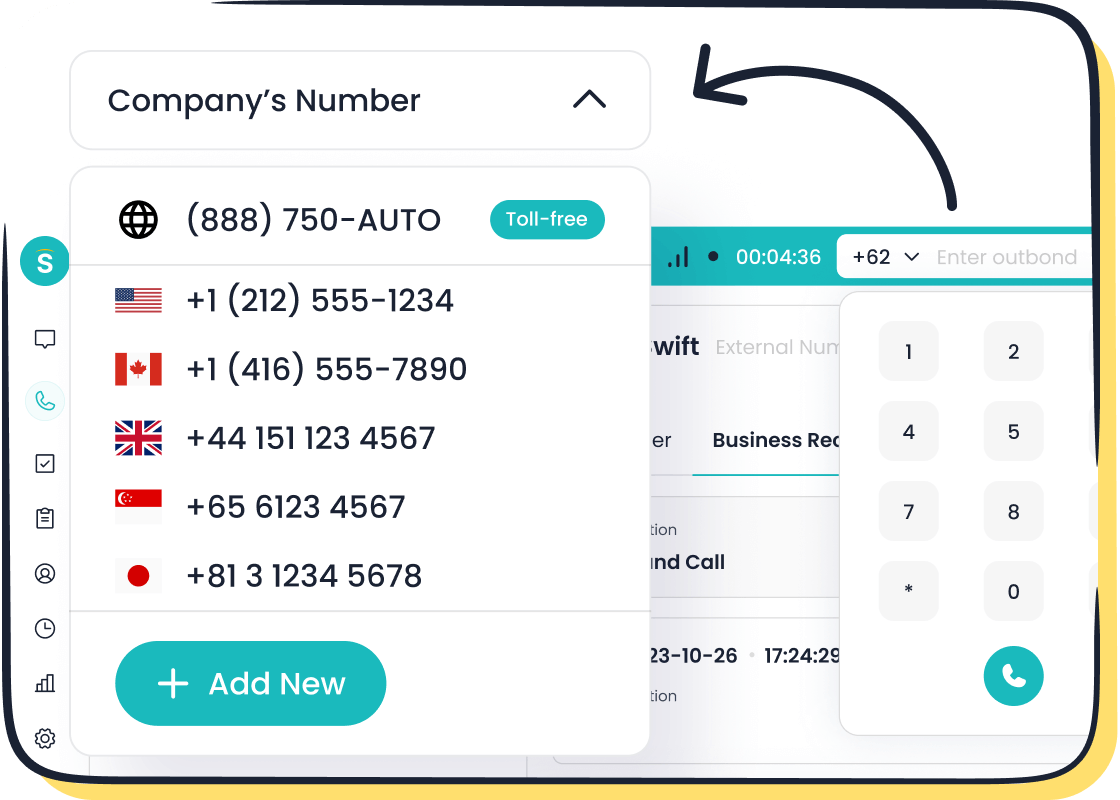
Imagine this: Your team spends less time dialing and more time closing deals. With tools like call whispering and real-time monitoring, managers can coach agents during calls, ensuring every interaction is impactful. By streamlining workflows and enhancing productivity, Sobot Voice for Sales helps you make the most of every outbound call.
Tip: Automating tasks like dialing can boost agent productivity by up to 79%.
Using Analytics Tools to Measure Outbound Call Performance
Measuring performance is key to improving your outbound call strategy. Analytics tools provide valuable insights into what’s working and what’s not. Metrics like Average Handle Time (AHT) and Conversion Rate help you understand how efficiently your team operates.
Here’s a quick look at some essential metrics:
| Metric | Description |
|---|---|
| Average Handle Time (AHT) | Tracks the average time spent on a call, including talk and wrap-up time. |
| Conversion Rate | Measures the percentage of calls that result in a successful outcome, like a sale or appointment. |
| First Call Resolution (FCR) | Indicates the percentage of issues resolved during the first interaction. |
| Customer Satisfaction (CSAT) | Gauges how satisfied customers are with the service they received. |
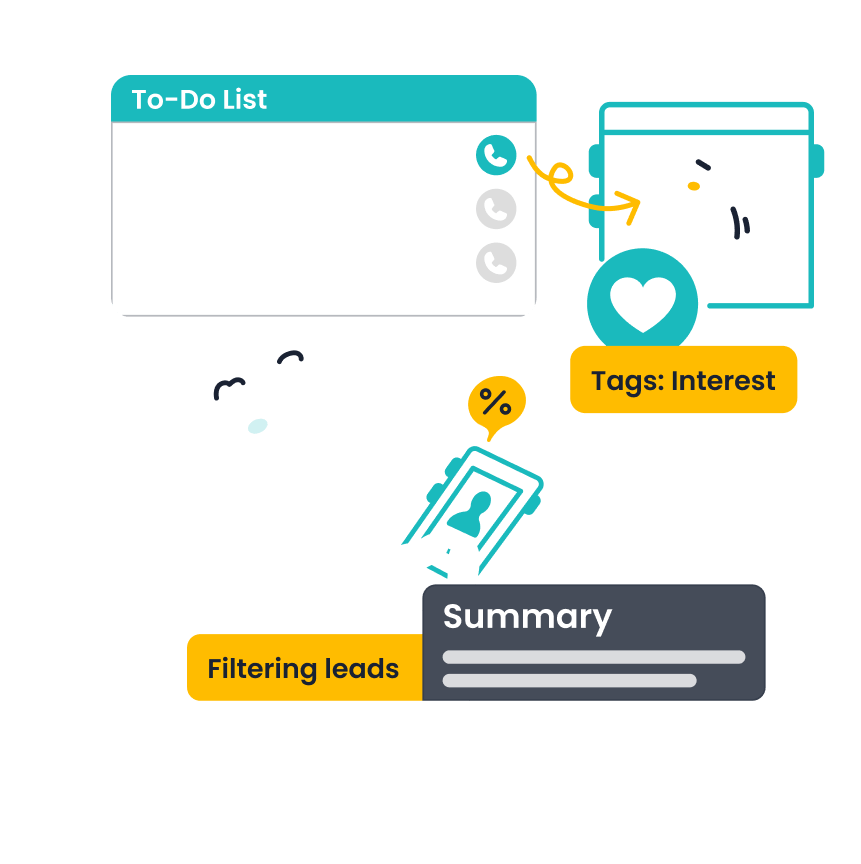
Sobot Voice for Sales takes analytics to the next level. Its real-time dashboards let you monitor call performance as it happens. You can track metrics like call volume and agent utilization, making data-driven decisions easier. For example, if you notice a high abandonment rate, you can adjust your strategy to improve engagement.
Callout: Did you know that tracking metrics like FCR can increase customer satisfaction by up to 33%?
Integrating CRM Systems for Seamless Workflow Management
A seamless workflow can make all the difference in outbound calling. Integrating your CRM system with tools like Sobot Voice for Sales ensures every interaction is logged automatically. This means no more manual data entry, freeing up your team to focus on building relationships.
CRM integration also enhances lead management. You can segment leads based on criteria like interest level or industry, making it easier to prioritize high-value prospects. For example, if a lead has shown interest in your product but hasn’t converted, your CRM can remind you to follow up.

Sobot Voice for Sales integrates with popular CRM systems like Salesforce and HubSpot in under 30 minutes. This integration acts as a central hub for all your lead data, reducing errors and improving accuracy. By streamlining workflows, you can boost team productivity and close more deals.
Note: Businesses that integrate CRM systems see a 20% increase in sales productivity.
Preparation, personalization, and follow-ups are the backbone of a successful outbound call strategy. Personalized interactions not only boost customer satisfaction but also increase loyalty, with referral leads showing a 16% higher lifetime value. Researching prospects ensures solution-oriented conversations, while tracking KPIs like conversion rates and appointment settings helps refine your approach.
Sobot Voice for Sales simplifies outbound sales efforts by automating tasks, offering AI-driven insights, and integrating seamlessly with CRM systems. These tools make it easier to connect with prospects and turn calls into meaningful engagements.
Start implementing these strategies today. Monitor your progress, adapt as needed, and watch your outbound call success soar!
FAQ
What are some examples of value-based questions for outbound calls?
Value-based questions focus on the prospect's needs. For example, "What challenges are you facing in scaling your business?" These questions uncover pain points and build trust.
How can I ask questions that get the prospect talking?
Ask open-ended questions like, "What’s your biggest challenge with customer engagement?" These encourage detailed responses and help you understand their needs better.
Why are questions important in outbound sales calls?
Questions help you gather insights, build rapport, and guide the conversation. They show you care about solving the prospect's problems, making your calls more effective.
See Also
A Comprehensive Guide to Omnichannel Contact Center Implementation
Effective Strategies for Quality Management in Call Centers
Exploring Essential Features of Omnichannel Call Center Software
Understanding the Efficiency of Call Center Automation Techniques
